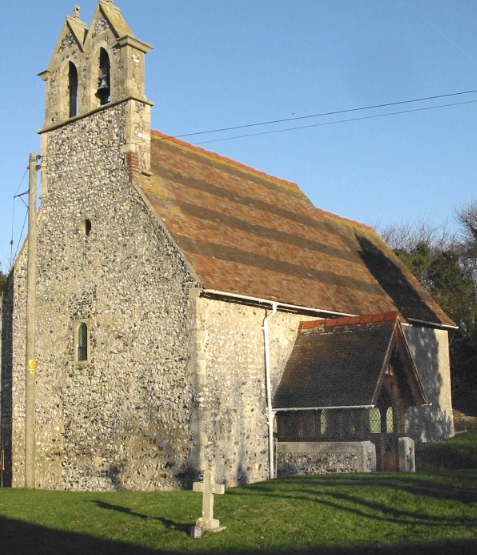Singledge Wood
Wood, Forest in Kent Dover
England
Singledge Wood

Singledge Wood is a beautiful woodland located in the county of Kent, England. Covering an area of approximately 100 acres, it is situated within the High Weald Area of Outstanding Natural Beauty. The wood is primarily composed of oak and beech trees, creating a dense and lush forest environment.
The wood is famous for its rich biodiversity, providing a home to a wide range of plant and animal species. The forest floor is carpeted with a variety of wildflowers, including bluebells, primroses, and wood anemones, creating a vibrant and colorful display during the spring months. The mature trees provide a habitat for numerous bird species, such as woodpeckers, owls, and warblers, making it a popular destination for birdwatchers.
Singledge Wood offers several picturesque walking paths and trails, allowing visitors to explore the beauty of the woodland. These paths wind through the trees, offering glimpses of the surrounding countryside and providing a tranquil and peaceful experience. There are also picnic areas and benches scattered throughout the wood, offering visitors the opportunity to relax and enjoy the natural surroundings.
Managed by the local council, Singledge Wood is well-maintained and cared for, ensuring its long-term preservation and enjoyment for future generations. It is a popular destination for nature enthusiasts, families, and individuals seeking a peaceful escape from the hustle and bustle of everyday life.
Overall, Singledge Wood in Kent is a stunning woodland that offers a diverse range of natural beauty, flora, and fauna. Its peaceful atmosphere and well-maintained trails make it an ideal location for leisurely walks and nature appreciation.
If you have any feedback on the listing, please let us know in the comments section below.
Singledge Wood Images
Images are sourced within 2km of 51.170676/1.2748864 or Grid Reference TR2946. Thanks to Geograph Open Source API. All images are credited.


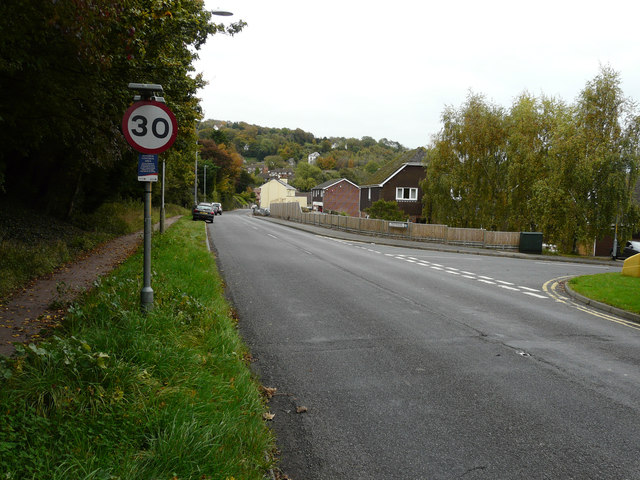
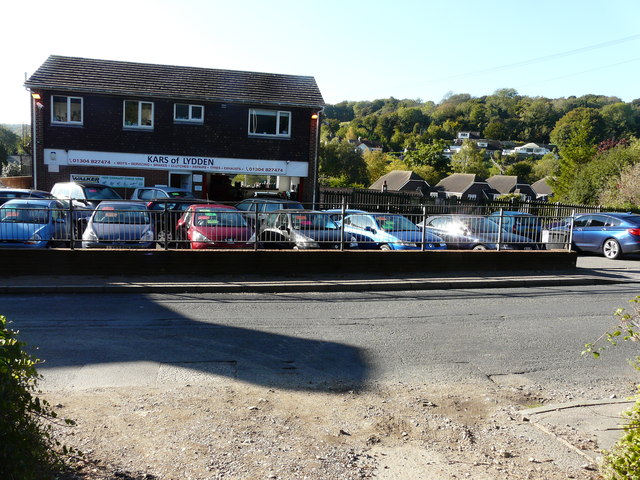
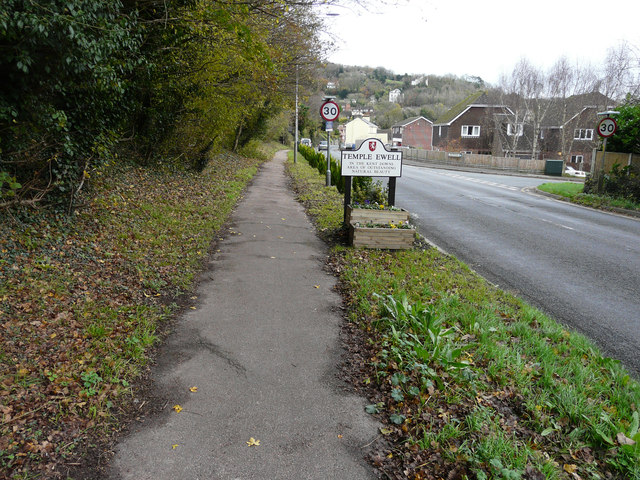






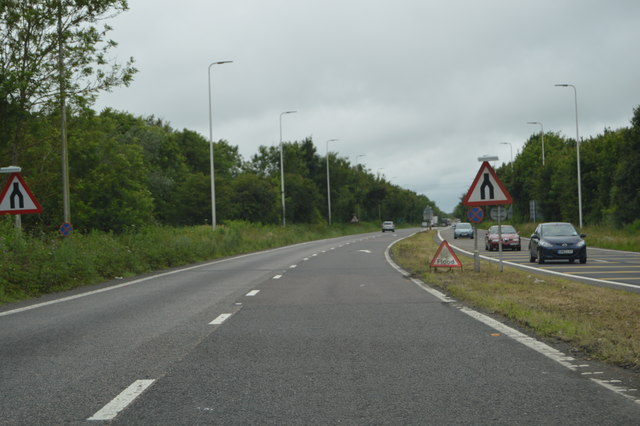



Singledge Wood is located at Grid Ref: TR2946 (Lat: 51.170676, Lng: 1.2748864)
Administrative County: Kent
District: Dover
Police Authority: Kent
What 3 Words
///seabirds.bubbles.urban. Near Eythorne, Kent
Nearby Locations
Related Wikis
Temple Ewell Preceptory
Temple Ewell Preceptory was a preceptory of the Knights Templar at Temple Ewell on the northern outskirts of Dover in Kent, England. == History == Since...
Lydden and Temple Ewell Downs
Lydden and Temple Ewell Downs is a 63.2-hectare (156-acre) biological Site of Special Scientific Interest north-west of Dover in Kent. It is a Special...
All Saints Church, Waldershare
All Saints Church is a redundant Anglican church in Waldershare, Kent, England. It is recorded in the National Heritage List for England as a designated...
Coldred
Coldred is a settlement and former civil parish, now in the parish of Shepherdswell with Coldred, in the Dover district of Kent, England. The main part...
Nearby Amenities
Located within 500m of 51.170676,1.2748864Have you been to Singledge Wood?
Leave your review of Singledge Wood below (or comments, questions and feedback).





